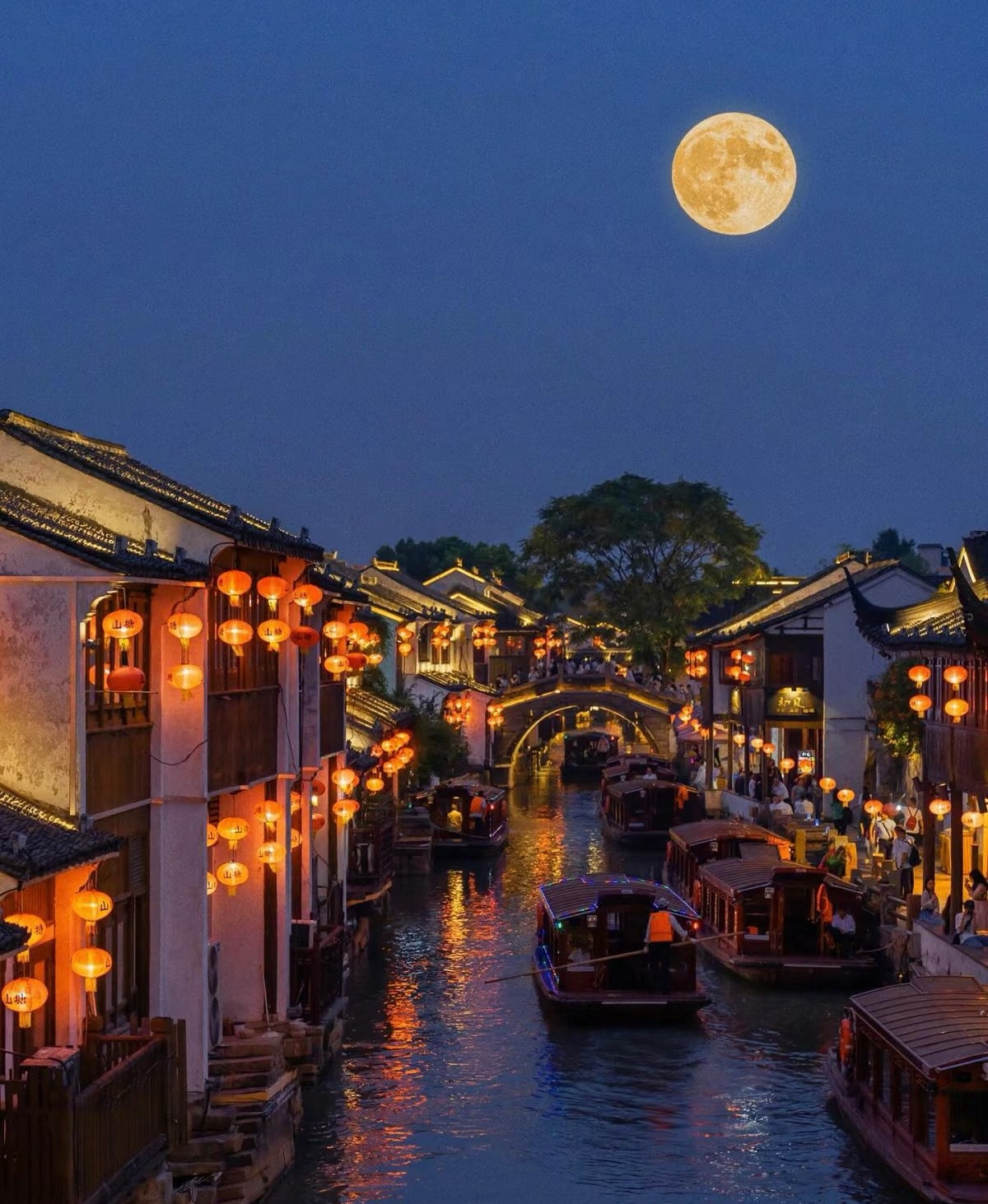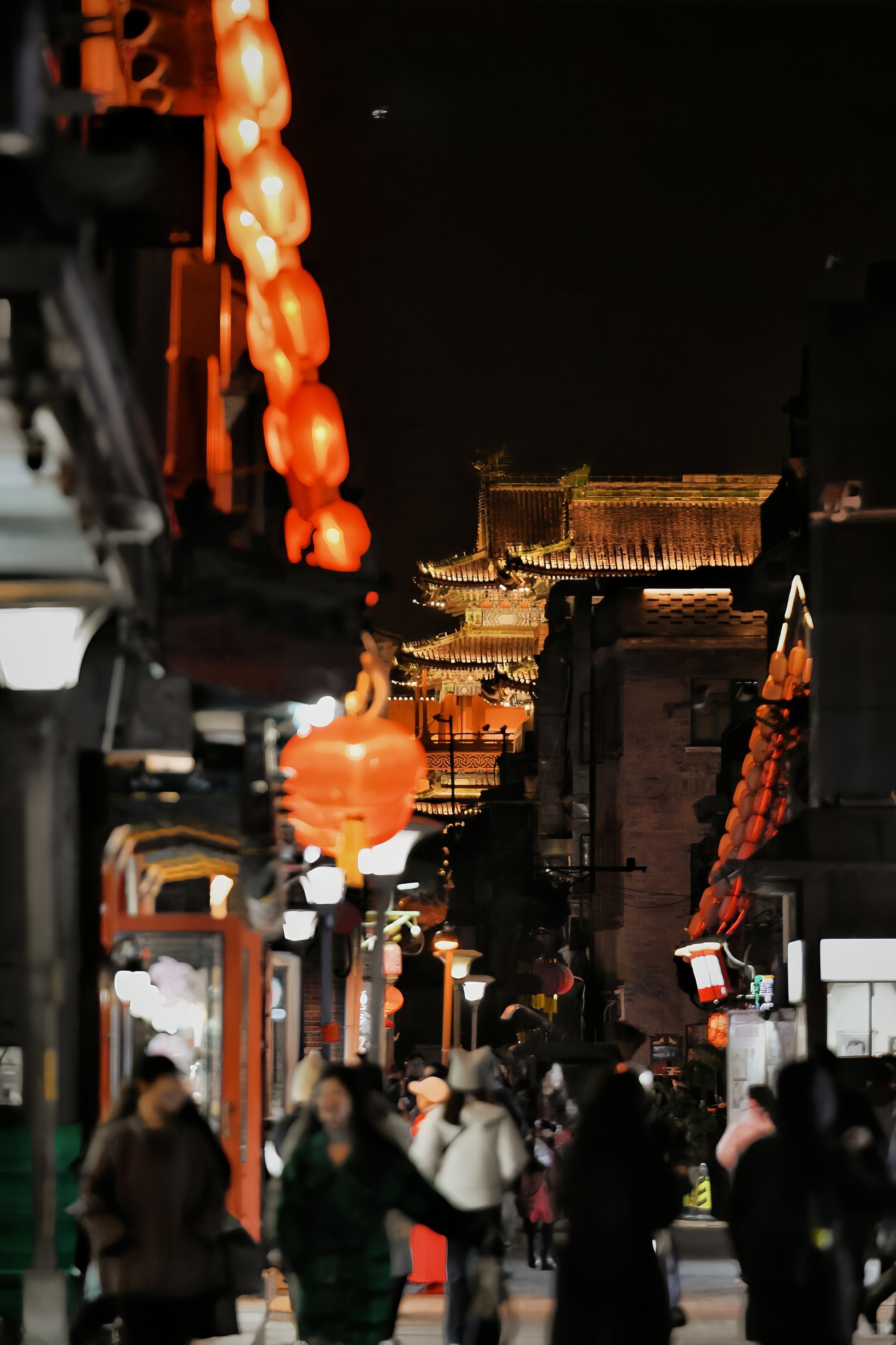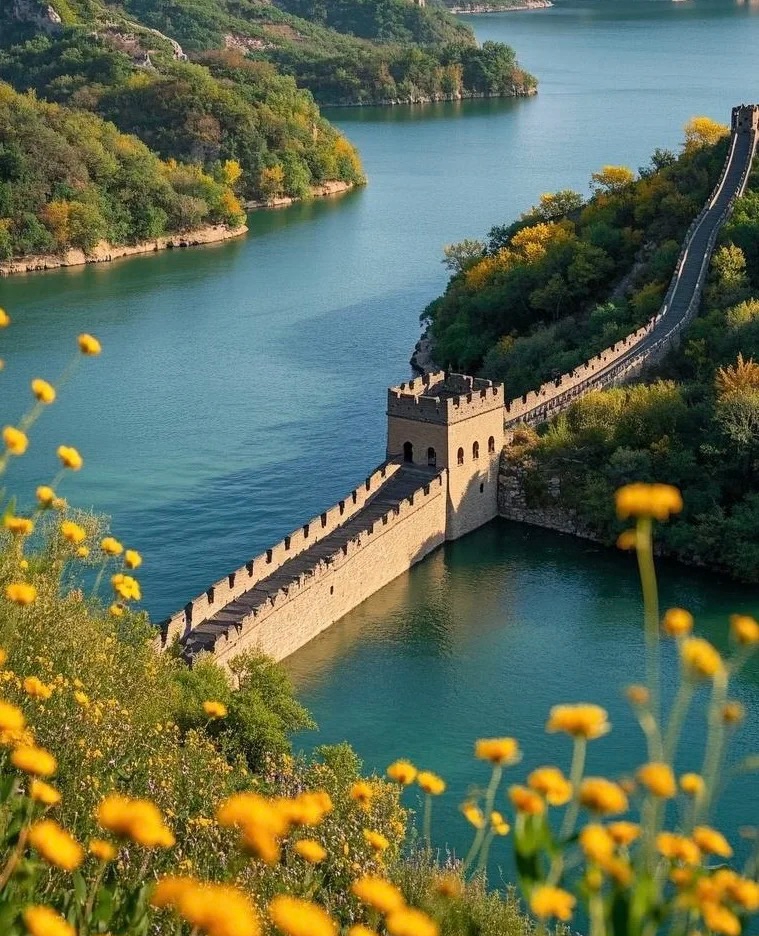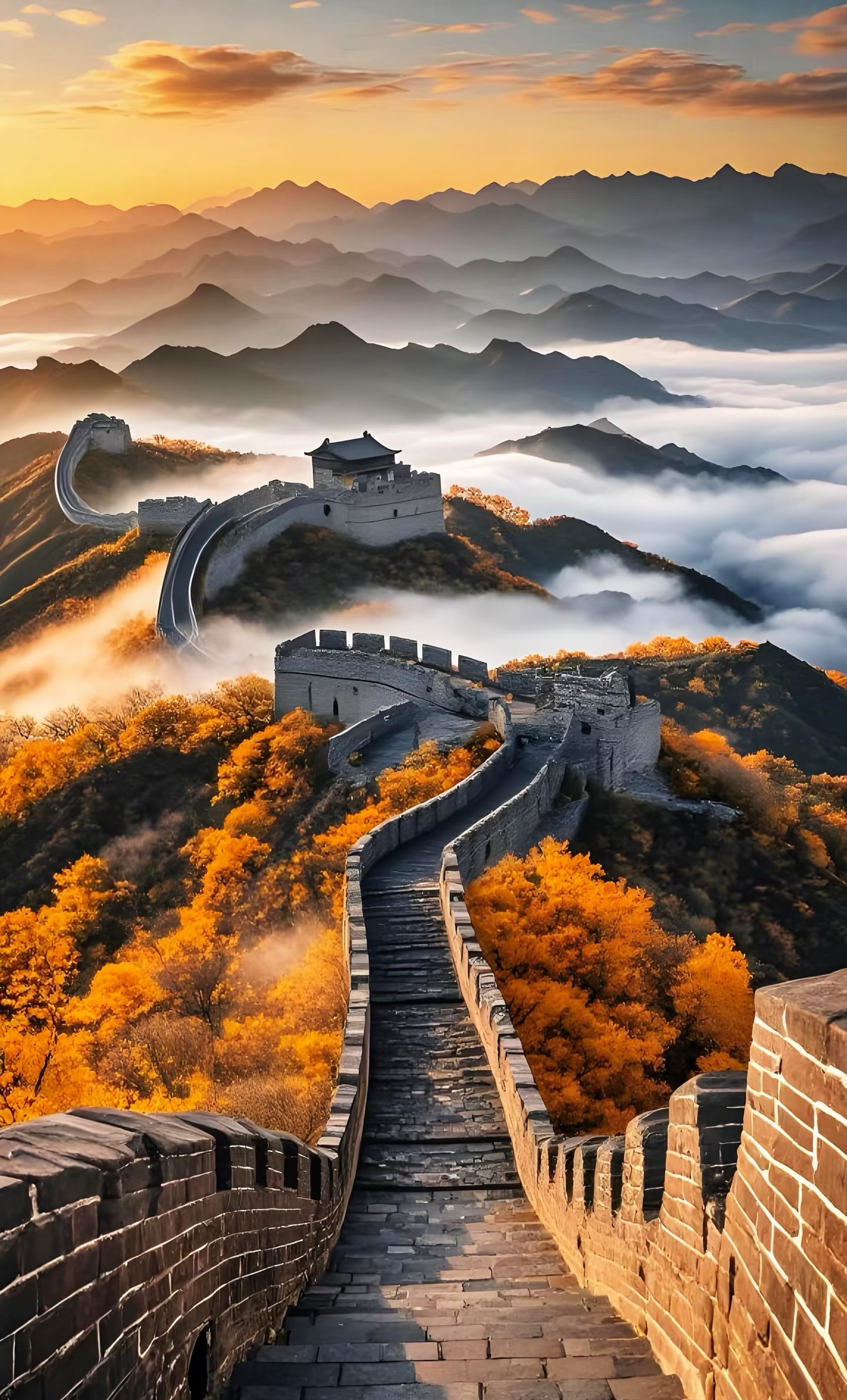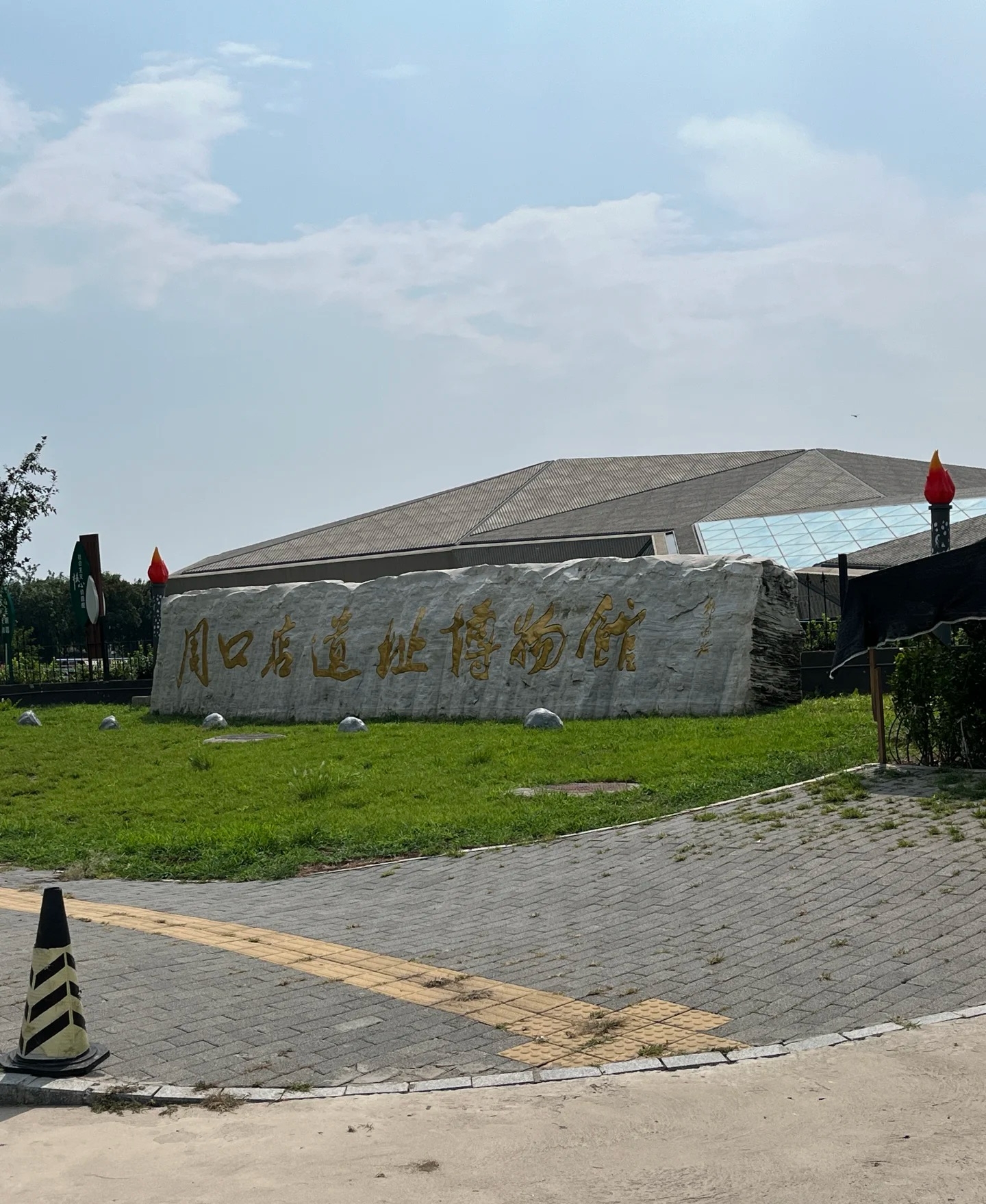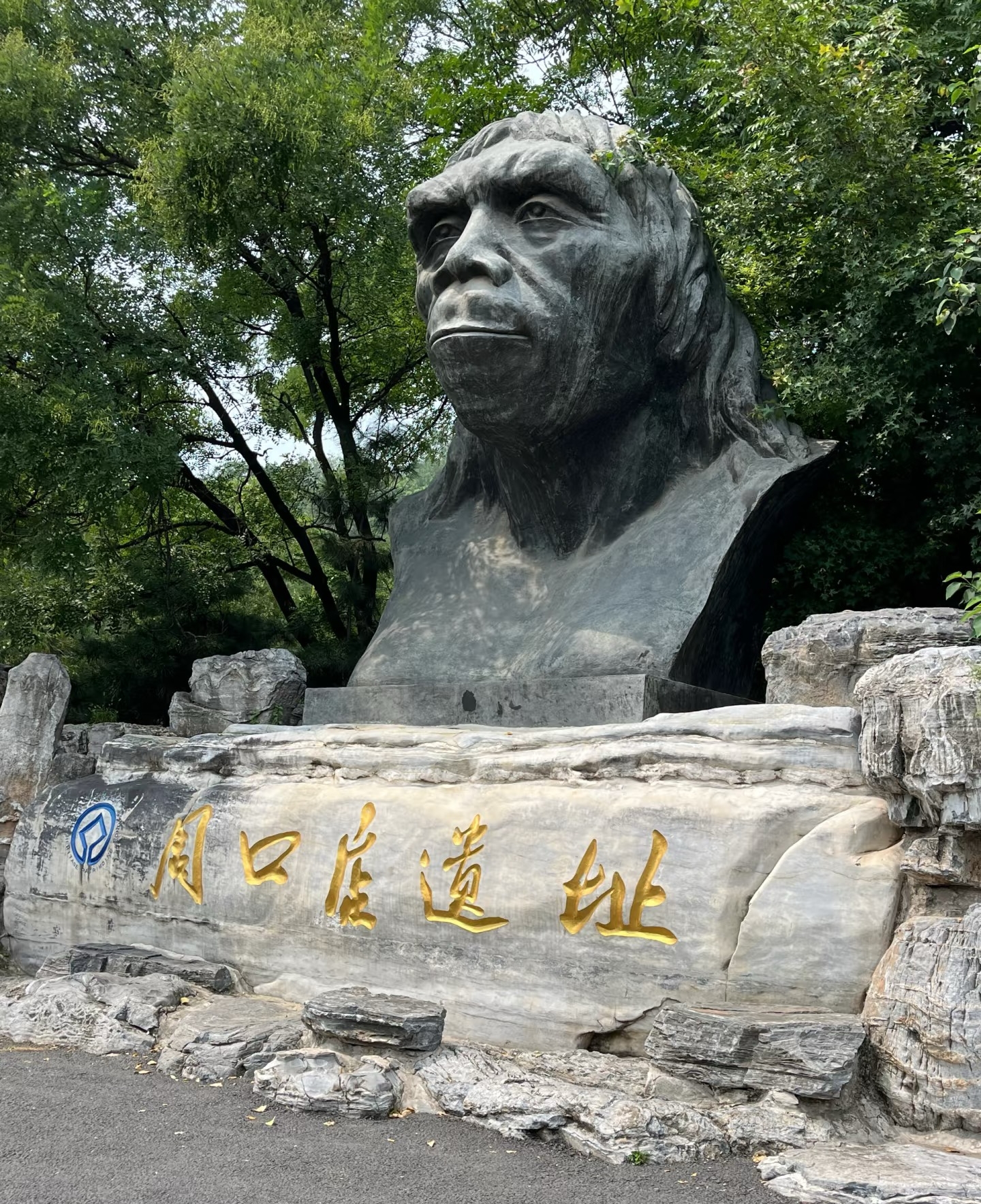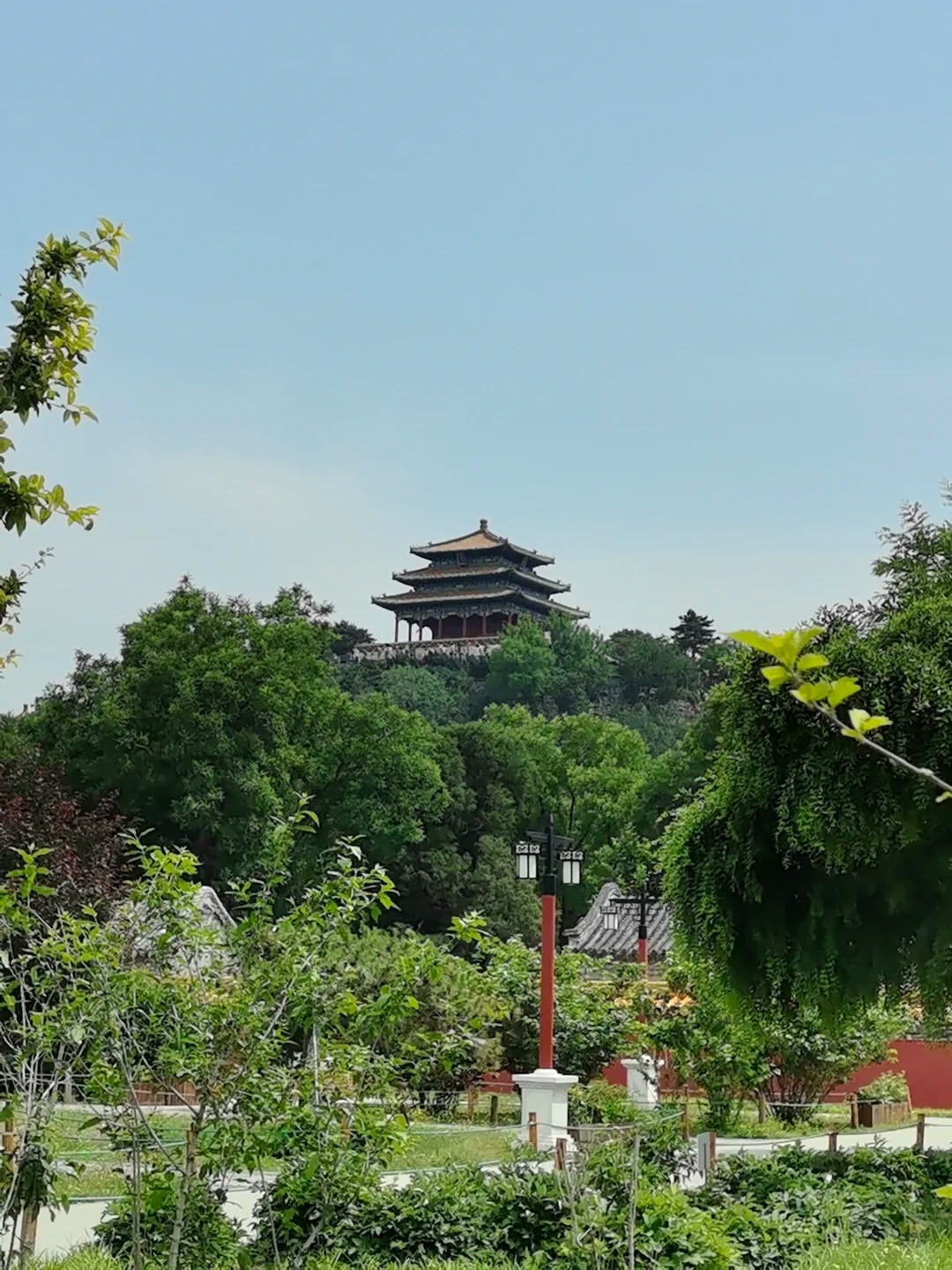

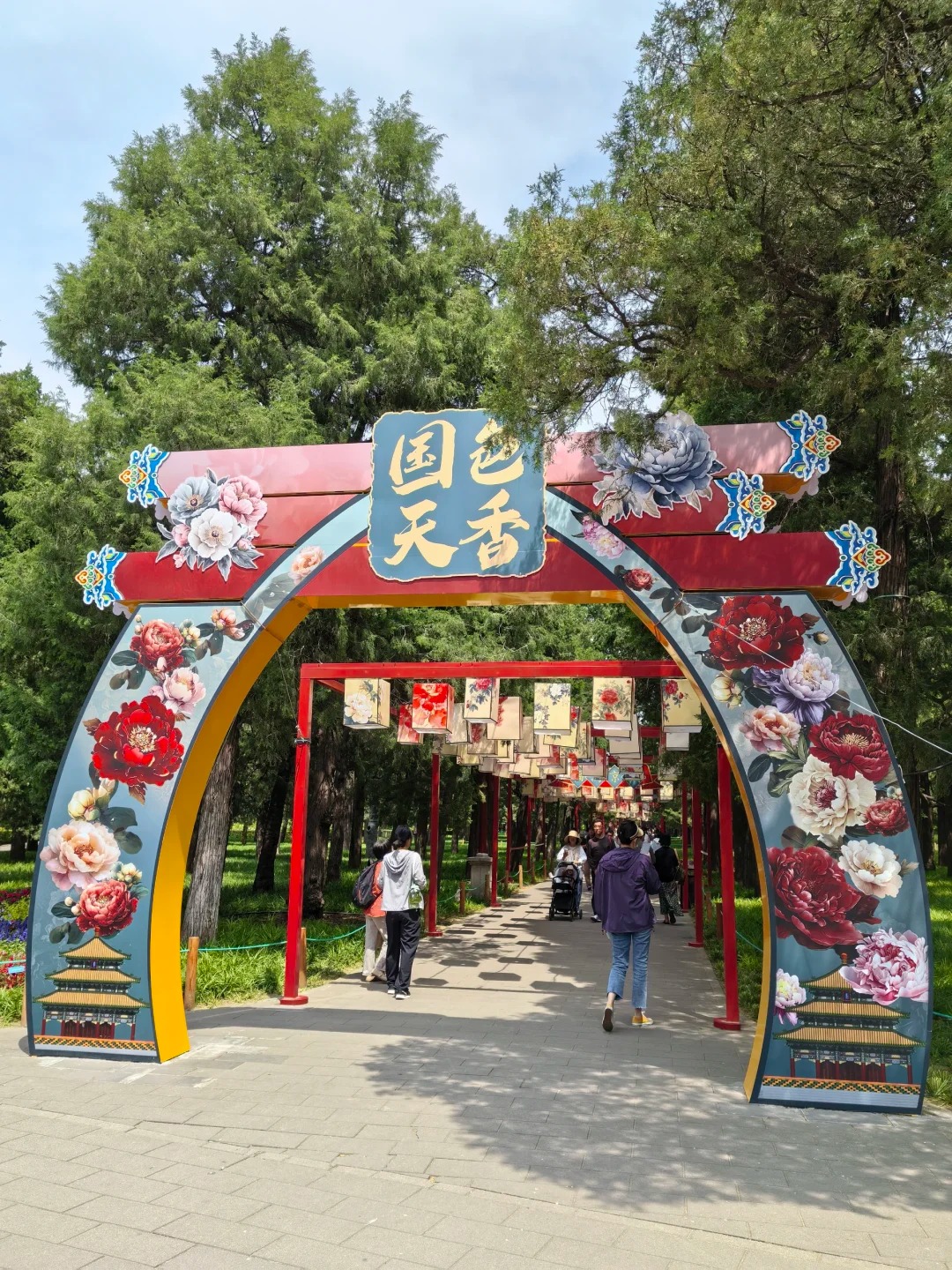
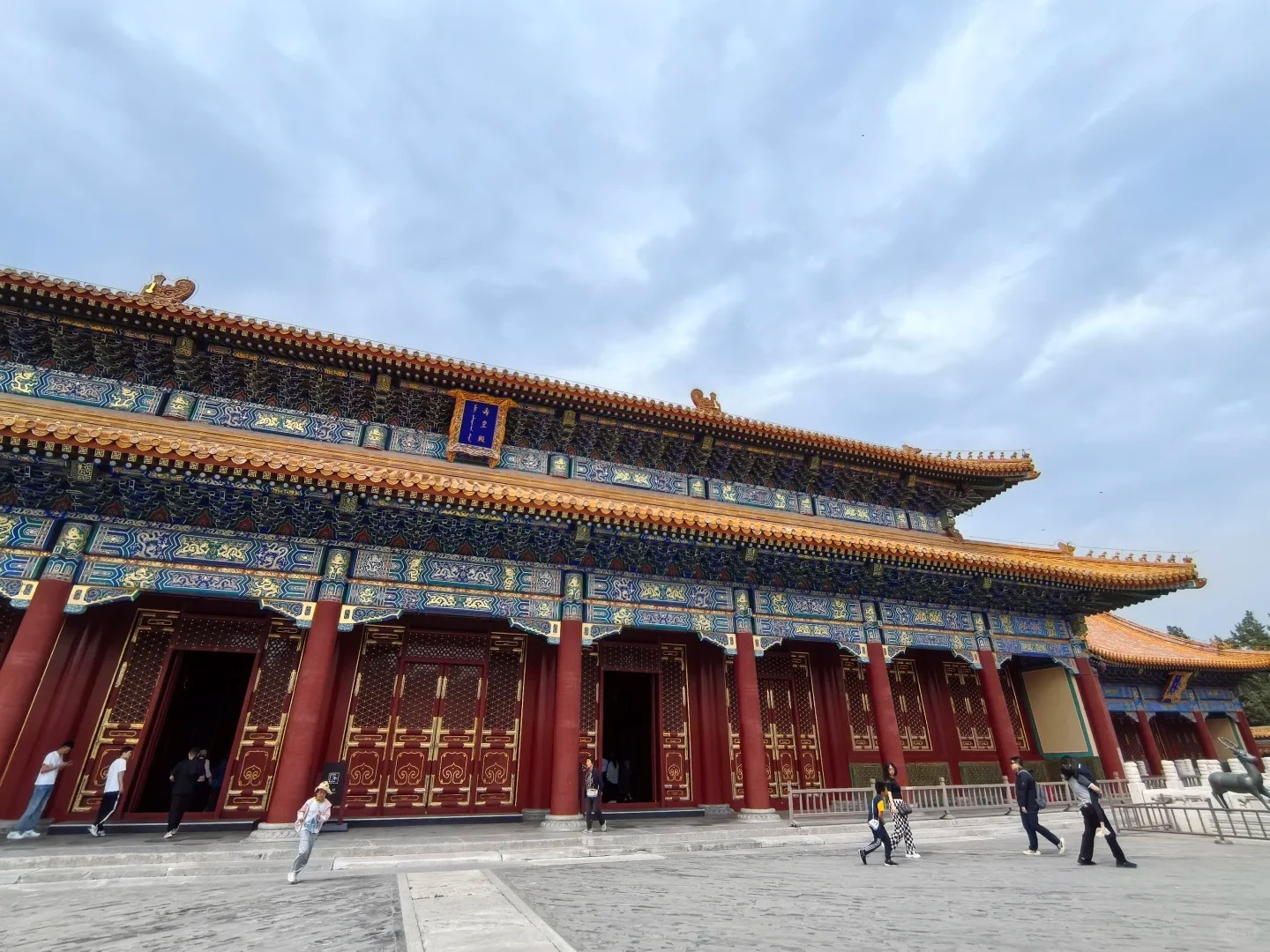
Jingshan Park
Located north of the Forbidden City, it offers a panoramic view of the city and the Forbidden City.
Information
Ticket price
Time
Location
44 Jingshan W St, Xicheng District, Beijing, China
View maps
More about the trip
Jingshan Park: Imperial Views of the Forbidden City
Jingshan Park, located directly north of the Forbidden City, is a beautiful imperial garden built on an artificial hill. It offers the most commanding and iconic panoramic views of the Forbidden City, making it a must-visit for photographers and history enthusiasts alike. The park itself is a serene escape with lush greenery, ancient trees, and historical pavilions.
What to See and Do
Summit View of the Forbidden City: Climb to the Wanchun Pavilion (Pavilion of Ten Thousand Springs) at the peak of Jingshan Hill. From here, you get an unparalleled, unobstructed view of the entire Forbidden City complex, stretching out majestically below you. It's the best spot to appreciate the scale and layout of the imperial palace.
Coal Hill: Jingshan Hill is often referred to as "Coal Hill" because it was constructed from the earth excavated to create the moats around the Forbidden City. It also served as a defensive barrier and a place for emperors to enjoy the scenery.
Historical Significance: The park holds historical significance as the place where the last Ming Dynasty emperor, Chongzhen, is said to have hanged himself in 1644, marking the end of the Ming Dynasty.
Gardens and Pavilions: Explore the various paths, gardens, and smaller pavilions scattered throughout the park. In spring, the park is famous for its peony gardens, which burst into vibrant bloom.
Local Life: Observe locals practicing tai chi, singing, dancing, and playing traditional instruments, especially in the early mornings and late afternoons.
Best Time to Visit
Spring and autumn offer the most pleasant weather and beautiful scenery. Autumn, in particular, provides clear skies for optimal views and colorful foliage. Arrive early in the morning to avoid crowds and enjoy the tranquility.
How to Get There
Jingshan Park is easily accessible. You can walk from the north gate of the Forbidden City. Alternatively, take Metro Line 8 to Shichahai Station (Exit C) and walk south, or take various bus routes (e.g., 111, 124) to Jingshan Dongmen (East Gate) or Jingshan Houjie (North Street).
Travel Tips
Wear comfortable shoes: The climb to the summit is not overly strenuous but involves stairs.
Bring a camera: The views are truly spectacular and offer fantastic photo opportunities.
Combine with Forbidden City: It's highly recommended to visit Jingshan Park immediately after exploring the Forbidden City to gain a comprehensive perspective of the imperial palace.

